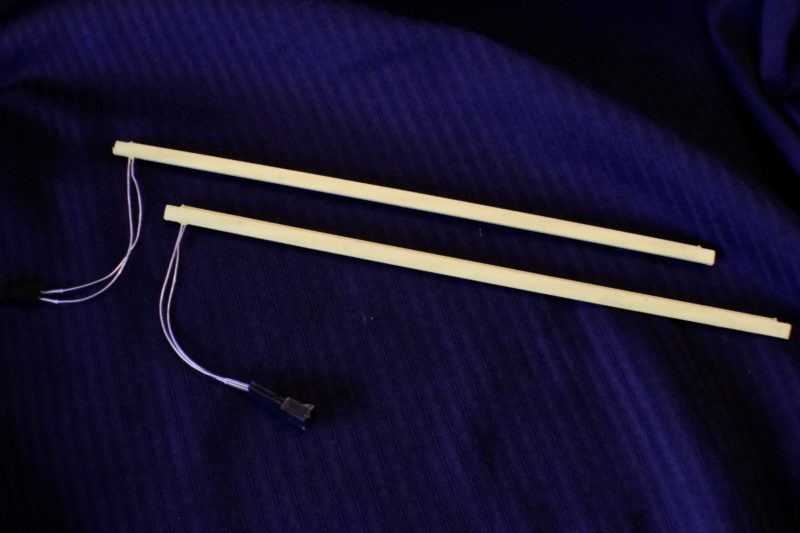This quantum jump in technology provided a broad processing latitude for bonding and drastically reduced scrap levels.
Rubber to metal bonding pdf.
Knowledge of the fundamentals of bonding rubber to metal was lacking.
In each case shear adhesion is significantly increased with the sr633 cure system over the peroxide control.
In reality a great deal of technology backs the apparently simple action of bonding.
Cohesive failure is the predominant mode of failure in each rubber compound.
Bonding different materials together by means of an adhesive may appear to most people as a mundane occurrence.
The mounts for bonding metal or a metal piece had inadequate resistance to water temperature and stress.
Each step is dependent on the success of those that preceded it and the stages are numerous and complex.
Modern adhesive technologies utilize both singleand two coat adhesive formulations with the preference depending upon the service needs of the bonded assembly.
Bonding rubber to metal is a means by which rubber is mechanically bonded to a metal insert during the molding process.
The process was first introduced about 140 years ago when it was.
Rubber to metal bonding preparation to begin the bonding process the metal inserts are first prepped for production using a degreasing system to rid the parts of any contaminants before the adhesive is applied.
Rubber not only produces a very strong bond on metal but it also can be used to combine several parts into a single assembly.
Thus a complex and advanced technology or series of technologies has arisen to deal with adhesives and their applications in many fields.
Strong rubber to metal bonding can be obtained with sr633 for a variety of rubbers as shown in figure 6 for silicone rubber eva epdm natural rubber and hypalon.
62 studied the adhesion properties of rubber steel cord using.
Rubber to metal bonding is a means by which rubber is mechanically bonded to a metal component during the moulding process.
The adhesives being used sometimes functioned like metal glue and had limited process versatility which resulted in high scrap rates due to poor bond.
Rubber material without a bonding layer must be keyed using a buff with 24 grit and if stored for a long time the bonding layer material.
Historically several bonding methods have been employed within the rubber industry in an effort to achieve a dependable and durable rubber to metal bond.
A suitable evaluation for rubber metal bonding and also the ability of rubber phase for energy dissipation 59 62.

